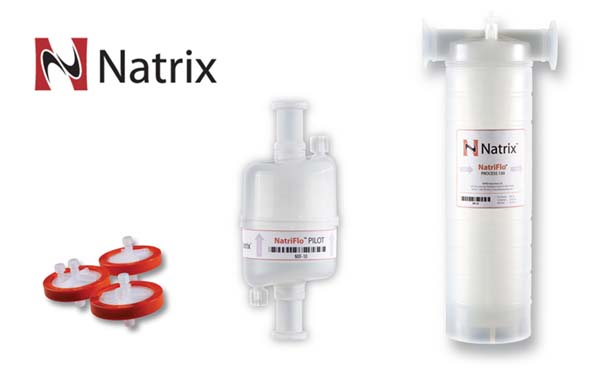 Strong anion exchange (Q) chromatography has become an industry standard in the polish purification steps of mAb production. It is a proven technology to remove DNA, viruses, endotoxins and acidic host cell proteins from process feed streams in flowthrough mode.
Strong anion exchange (Q) chromatography has become an industry standard in the polish purification steps of mAb production. It is a proven technology to remove DNA, viruses, endotoxins and acidic host cell proteins from process feed streams in flowthrough mode.
As the industry pursues an increasing interest in downstream single-use technologies and flexible biomanufacturing due to advancements in cell culture technology and the emergence of cost-sensitive biosimilars, conventional purification technologies present limitations.
Despite their high binding capacity, traditional resin-based chromatography columns are often oversized due to throughput limitation and are not suitable for flexible biomanufacturing. Conventional membrane adsorbers, meanwhile, offer faster throughput, but cannot provide sufficient process robustness due to the low binding capacity typical of most membranes. These factors impose challenges on the design of purification schemes for manufacturing of biotherapeutics.
NatriFlo HD-Q membrane adsorbers overcome these limitations by combining high binding capacity and high flow rates to deliver best-in-class performance in single-use plug & flow format.
This paper examines the performance of NatriFlo HD-Q adsorbers in comparison to currently available column-based resins, AEX membranes and salt-tolerant primary amine membranes. Comparative data is provided using BSA & DNA as benchmark biomolecules. In addition, data from leading biopharmaceutical firms featuring actual process feed streams is provided to demonstrate NatriFlo HD-Q’s performance to clear host cell proteins (HCP), viruses and DNA from mAb solution as well as scalability.
